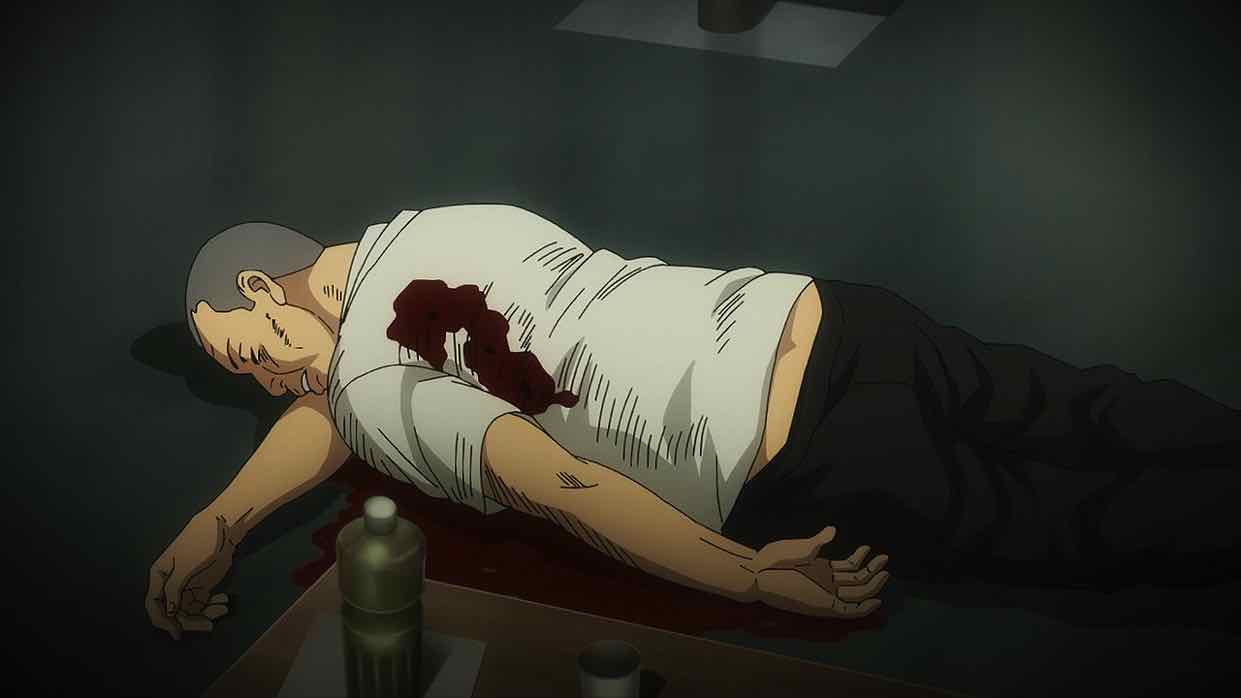 For the umpteenth time, I certainly don’t know enough about the insider workings of the yakuza to know how realistic The Fable is in that respect. But I can say that to me at least, it feels pretty real. Akira himself is an absurdist creation, and the whole mythical hitman organization angle plays like a dramatic MacGuffin (and a good one). But the “mundane” elements of mob existence are another matter. One can easily imagine this is how is works, more or less, and that the average low-ranking hood isn’t far off how they’re depicted here.
For the umpteenth time, I certainly don’t know enough about the insider workings of the yakuza to know how realistic The Fable is in that respect. But I can say that to me at least, it feels pretty real. Akira himself is an absurdist creation, and the whole mythical hitman organization angle plays like a dramatic MacGuffin (and a good one). But the “mundane” elements of mob existence are another matter. One can easily imagine this is how is works, more or less, and that the average low-ranking hood isn’t far off how they’re depicted here.
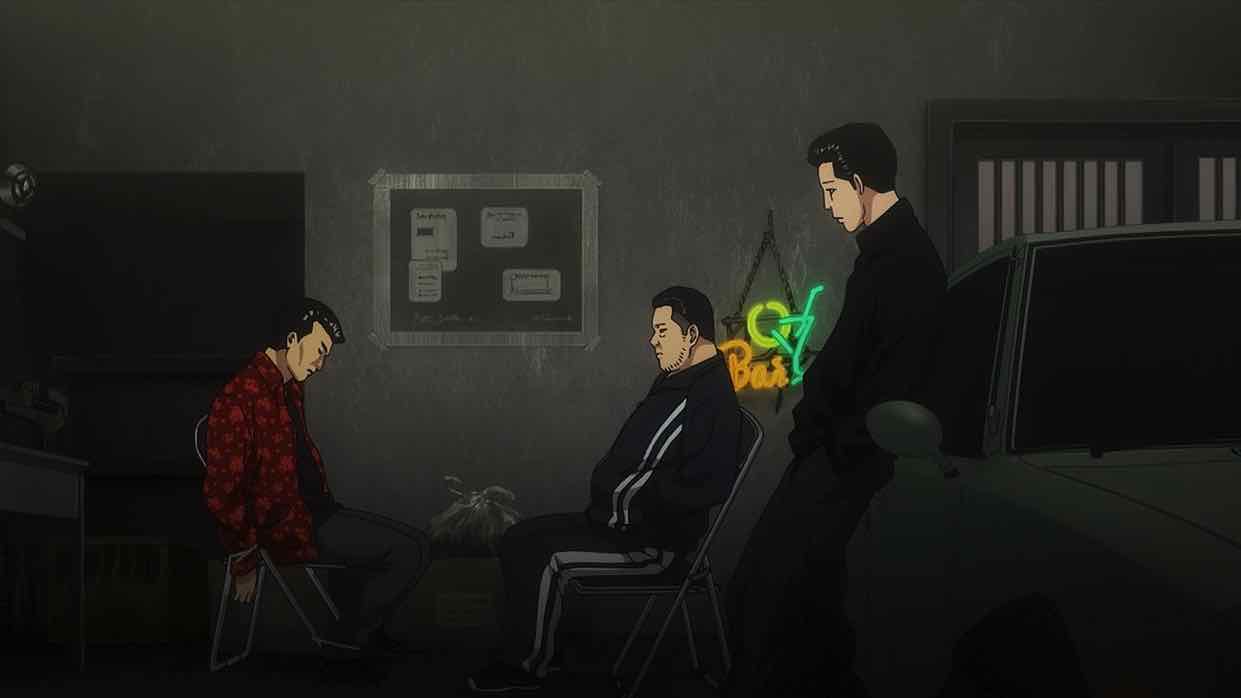 What helps in that respect is how nonchalantly The Fable plays most of this stuff. The minimalist production is obviously mostly a cost-saving measure. But there are times when a lack of style can actually be a style (whether intentionally or not). And this episode is a case where that happens in very effective terms. The lack of flourish – soundtrack, effects, tricksy cinematography – makes the horror of what we’re watching play out that much more affecting. It’s just life on the other side of the curtain. Rules are rules.
What helps in that respect is how nonchalantly The Fable plays most of this stuff. The minimalist production is obviously mostly a cost-saving measure. But there are times when a lack of style can actually be a style (whether intentionally or not). And this episode is a case where that happens in very effective terms. The lack of flourish – soundtrack, effects, tricksy cinematography – makes the horror of what we’re watching play out that much more affecting. It’s just life on the other side of the curtain. Rules are rules.
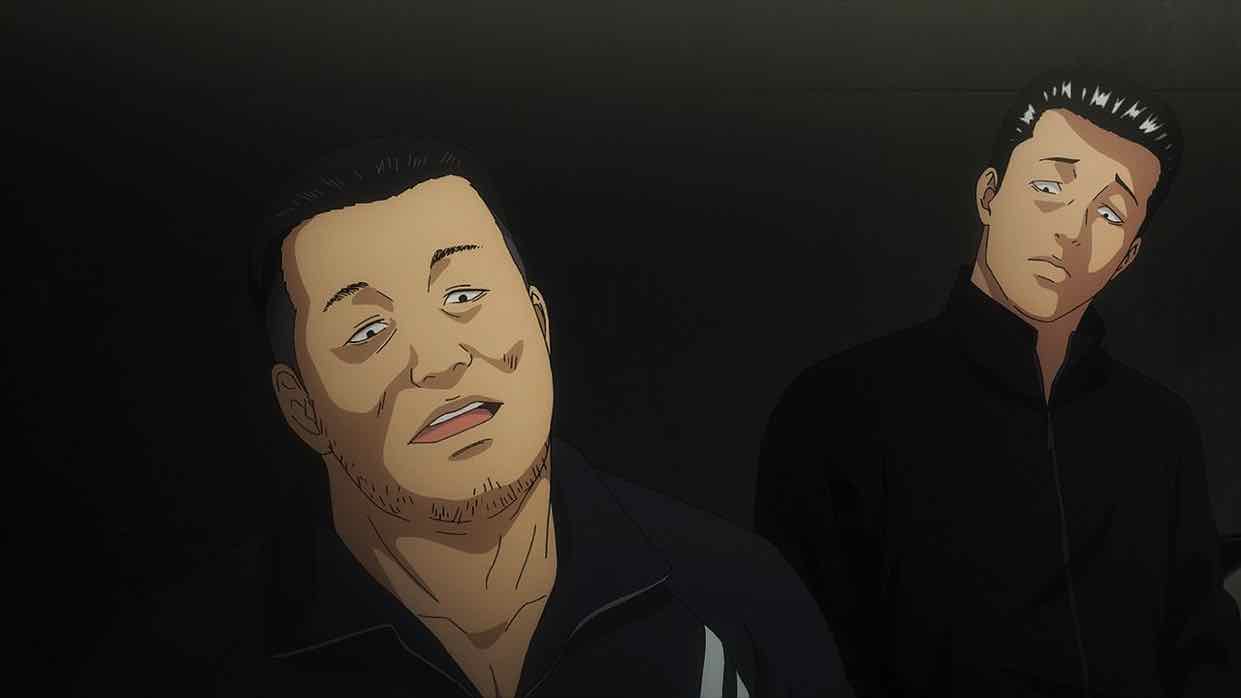 Sunagawa is certainly emerging as a critical figure for the second cour. We still aren’t told who the target of his second assassination contract is, but it’s a big enough deal that he’s killing people (like Misaki’s would-be rapist) who know about it. The mind wanders – maybe it’s the Maguro boss, and Sunagawa intends to make a play to take over the group. In any event he now knows or suspects not just about the existence of Fable but some of the details, and that makes he himself a guy who knows too much (as Ebihara makes clear to him).
Sunagawa is certainly emerging as a critical figure for the second cour. We still aren’t told who the target of his second assassination contract is, but it’s a big enough deal that he’s killing people (like Misaki’s would-be rapist) who know about it. The mind wanders – maybe it’s the Maguro boss, and Sunagawa intends to make a play to take over the group. In any event he now knows or suspects not just about the existence of Fable but some of the details, and that makes he himself a guy who knows too much (as Ebihara makes clear to him).
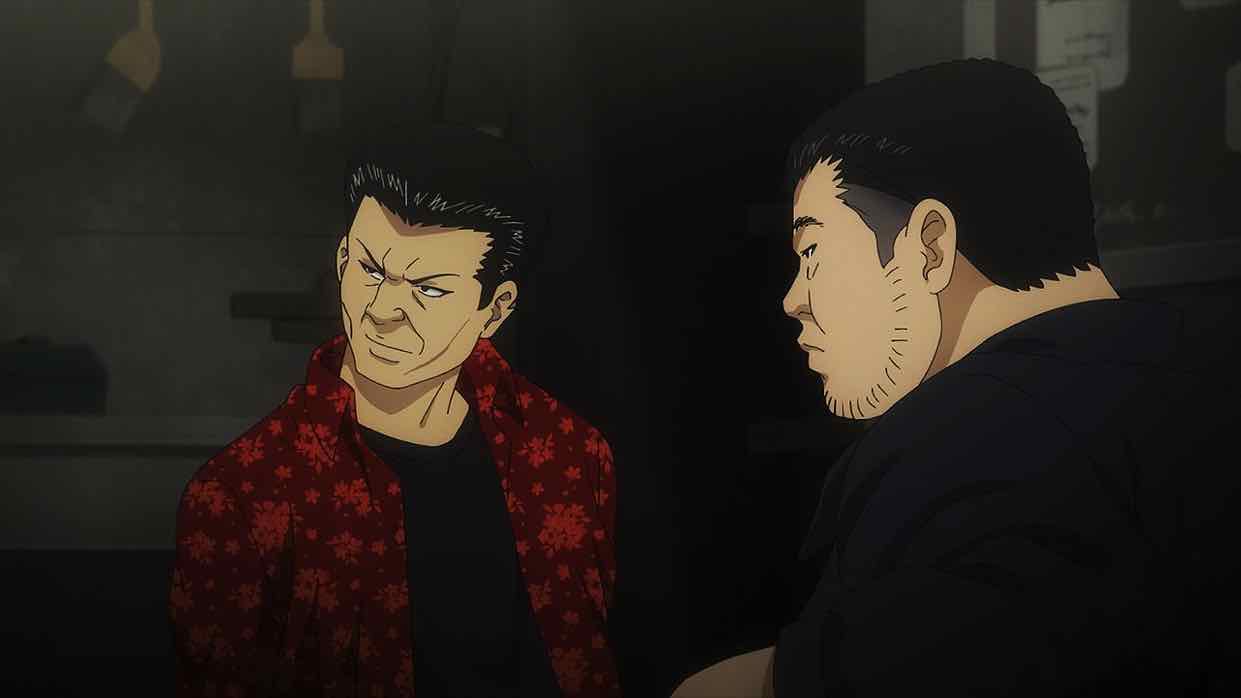 Rules are rules. It seems pretty clear that Ebihara took out Kojima as a means of making peace with Sunagawa – a tacit admission that Kojima had taken out Sunagawa’s business partner. Ebihara stone-faces his way through this ugliness, but he’s not a robot – this had to cut him pretty deep. Ebihara is demonstrating his loyalty here – the family over his family. He probably knew all along that it would come to this eventually – that his brother was an irredeemable troublemaker and that most of the trouble would land on him.
Rules are rules. It seems pretty clear that Ebihara took out Kojima as a means of making peace with Sunagawa – a tacit admission that Kojima had taken out Sunagawa’s business partner. Ebihara stone-faces his way through this ugliness, but he’s not a robot – this had to cut him pretty deep. Ebihara is demonstrating his loyalty here – the family over his family. He probably knew all along that it would come to this eventually – that his brother was an irredeemable troublemaker and that most of the trouble would land on him.
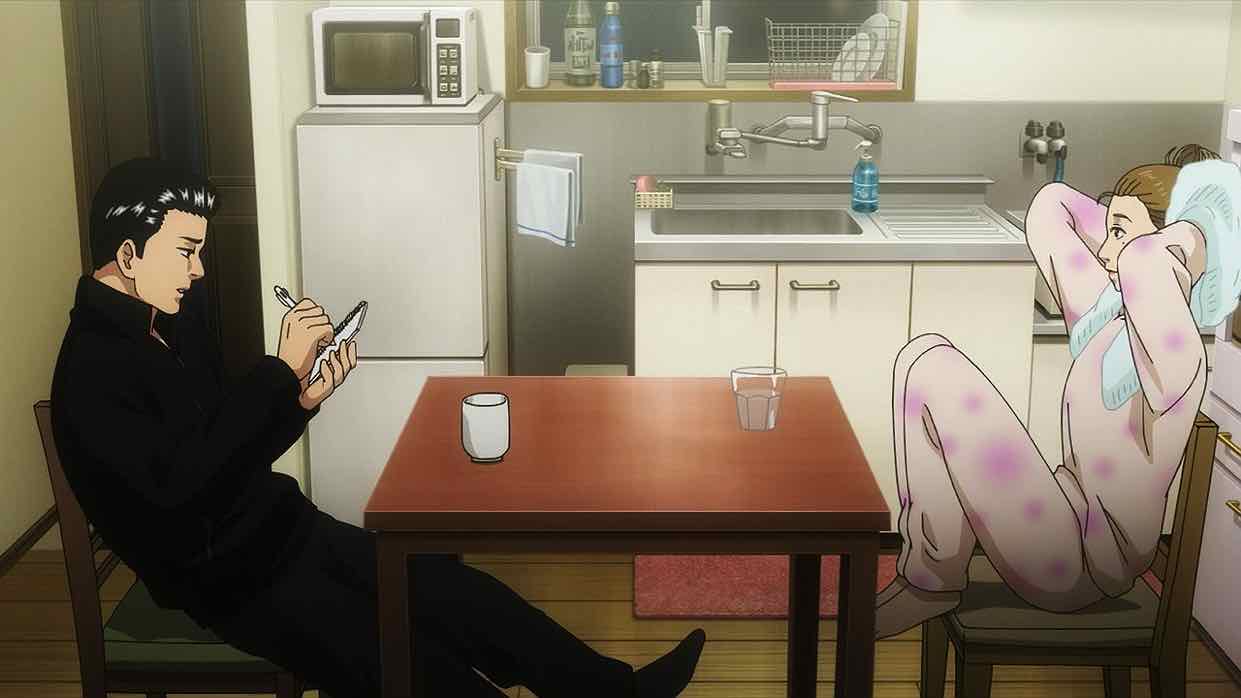 The most impactful part of this for me was his asking Akira “What do you think?” – and Akira’s lack of response. Ebihara is expressing grief in the only manner he feels he can, and trying to understand just what sort of man Akira is. And Akira has no answer for this – he simply doesn’t operate on that level. Eventually he gives a practical, detached reply – and that answers Ebihara’s questions about him. But Akira did what he promised to do – a promise Ebihara knows was not his to extract, a violation of the terms his group had agreed to with Fable.
The most impactful part of this for me was his asking Akira “What do you think?” – and Akira’s lack of response. Ebihara is expressing grief in the only manner he feels he can, and trying to understand just what sort of man Akira is. And Akira has no answer for this – he simply doesn’t operate on that level. Eventually he gives a practical, detached reply – and that answers Ebihara’s questions about him. But Akira did what he promised to do – a promise Ebihara knows was not his to extract, a violation of the terms his group had agreed to with Fable.
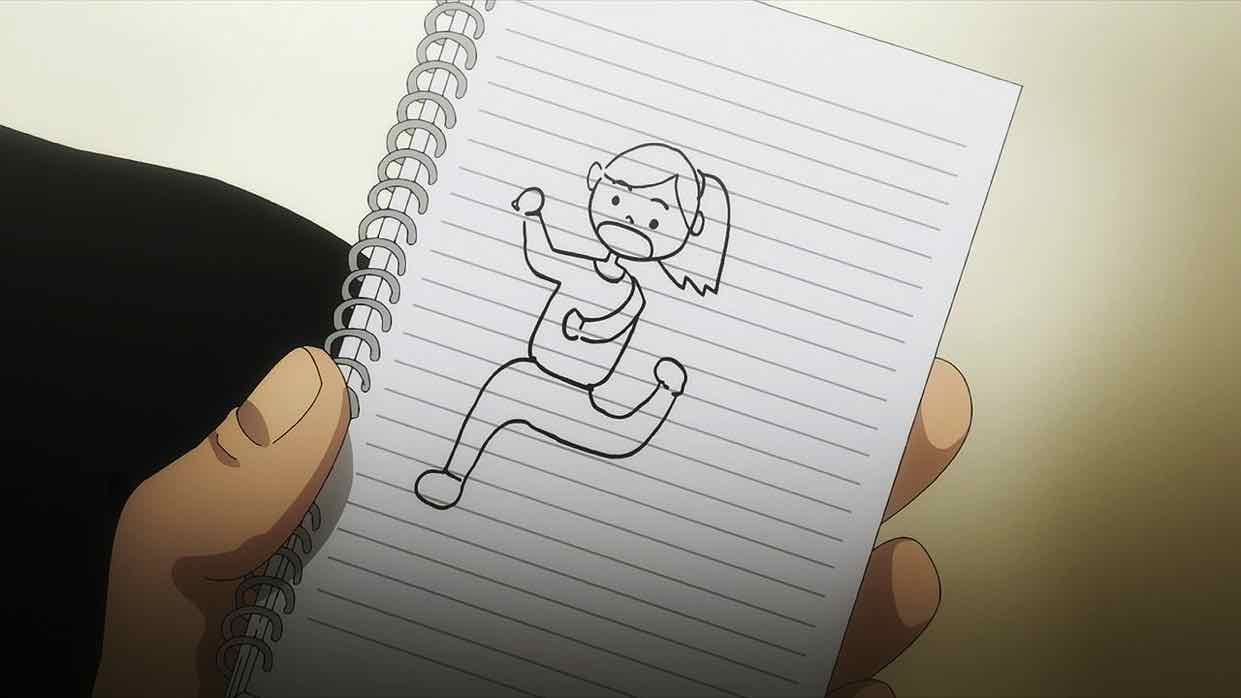 Ebihara makes it clear that Misaki is to be left alone – perhaps a bit of sentimentality here. It’s also clear that Ebihara (he says so in so many words) believes there are lines yakuza shouldn’t cross. Kojima served 15 years because he crossed one, and messing with a “nice girl” like Misaki is definitely a red card. Misakki still doesn’t seem to have connected the dots with Akira and her rescue, but she does find his drawings of her charming. Until that is she reaches the ones he drew after she passed out in the bath, which Akira simply lacks the emotional literacy to realize were not ones he should have made.
Ebihara makes it clear that Misaki is to be left alone – perhaps a bit of sentimentality here. It’s also clear that Ebihara (he says so in so many words) believes there are lines yakuza shouldn’t cross. Kojima served 15 years because he crossed one, and messing with a “nice girl” like Misaki is definitely a red card. Misakki still doesn’t seem to have connected the dots with Akira and her rescue, but she does find his drawings of her charming. Until that is she reaches the ones he drew after she passed out in the bath, which Akira simply lacks the emotional literacy to realize were not ones he should have made.
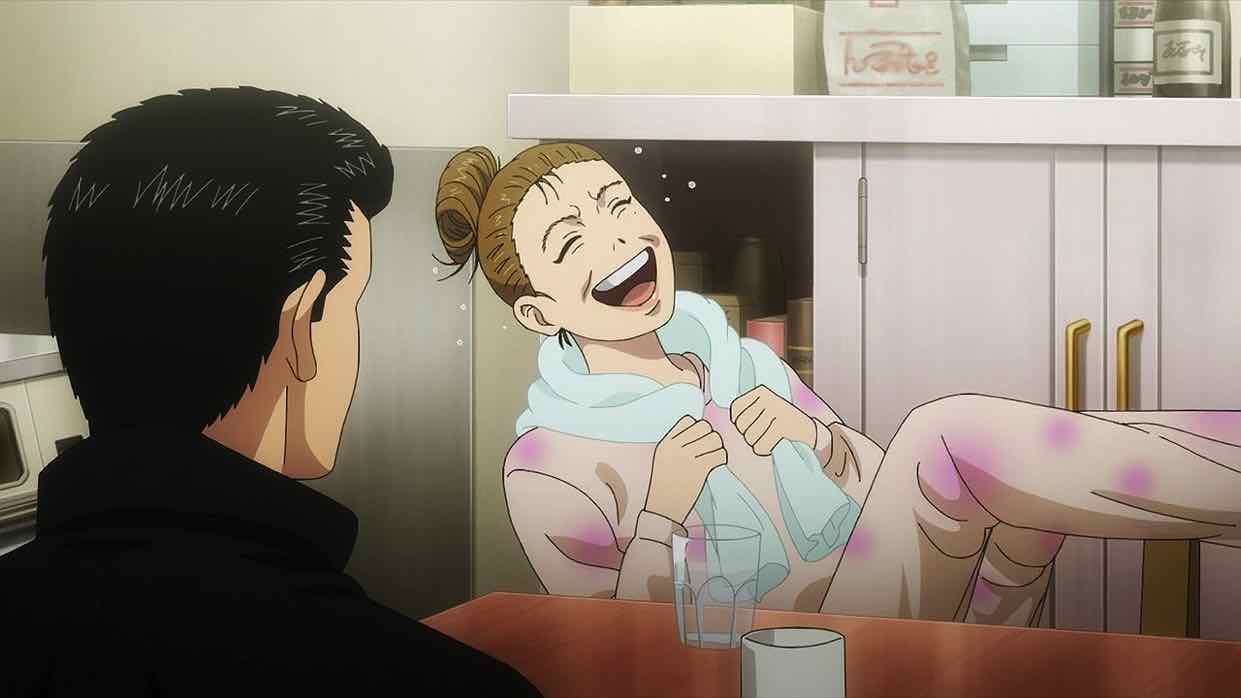 With Kojima out of the picture, the focus now turns to Sunagawa – both in terms of his second target and his unhealthy interest in Fable. And then there’s Kuro, who despite orders from Ebihara immediately starts grilling Takahashi and Kickboxer (does he have a name?) about the mysterious hooded hitman. Kuro’s interest is purely personal – he has a man-crush – but it still has the potential to create enormous problems both for himself and for Maguro.
With Kojima out of the picture, the focus now turns to Sunagawa – both in terms of his second target and his unhealthy interest in Fable. And then there’s Kuro, who despite orders from Ebihara immediately starts grilling Takahashi and Kickboxer (does he have a name?) about the mysterious hooded hitman. Kuro’s interest is purely personal – he has a man-crush – but it still has the potential to create enormous problems both for himself and for Maguro.


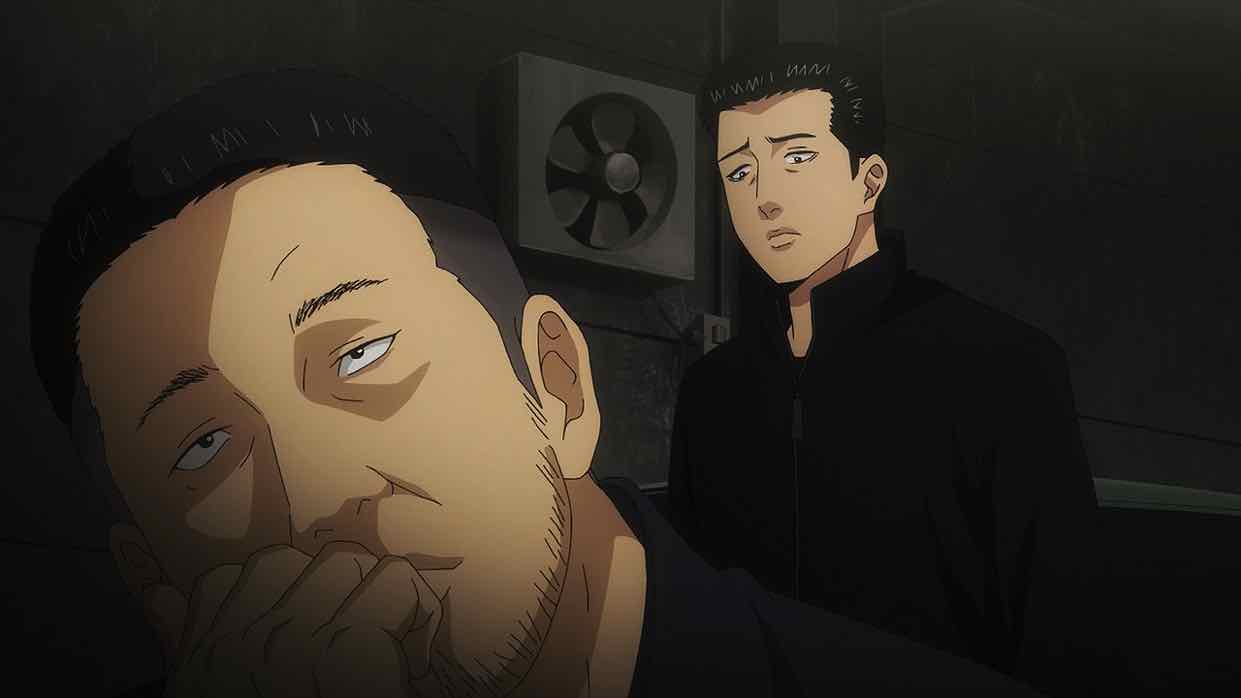
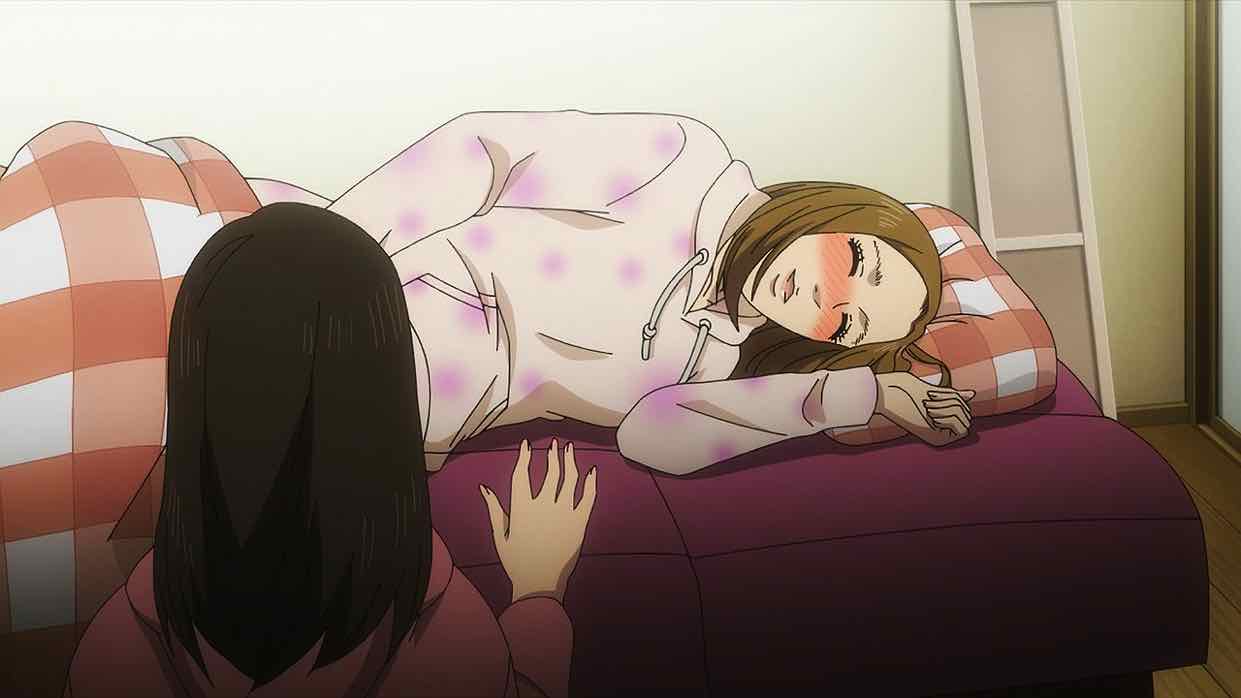


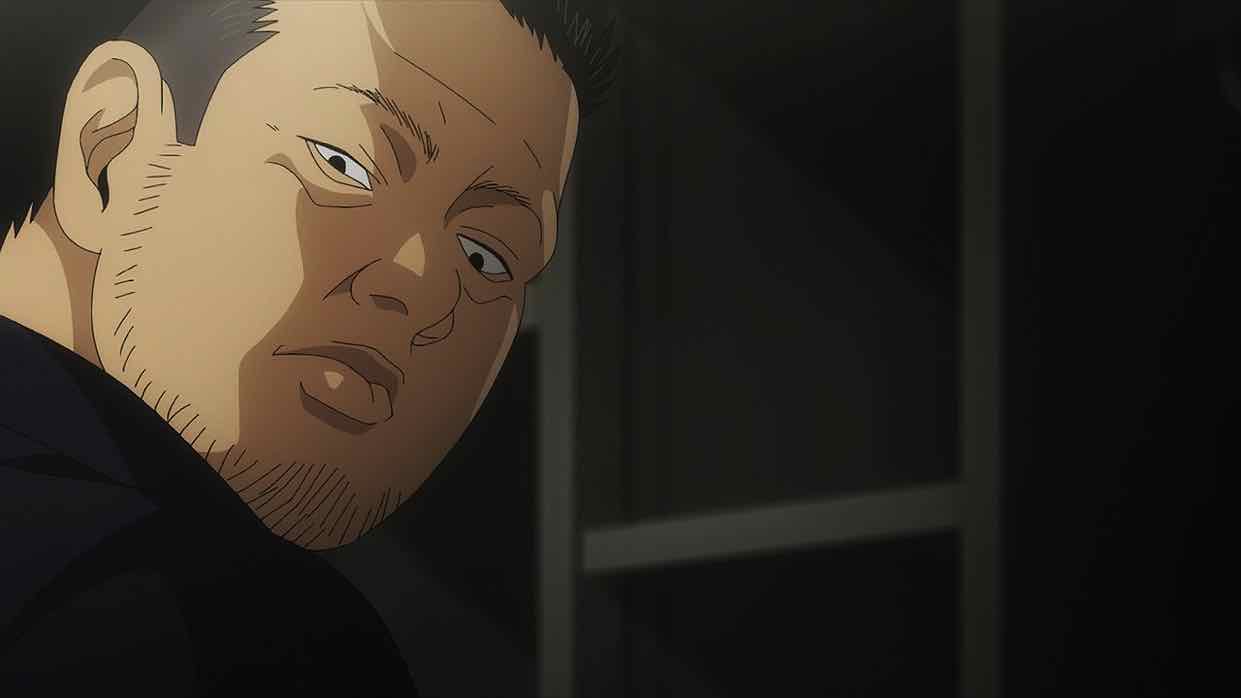
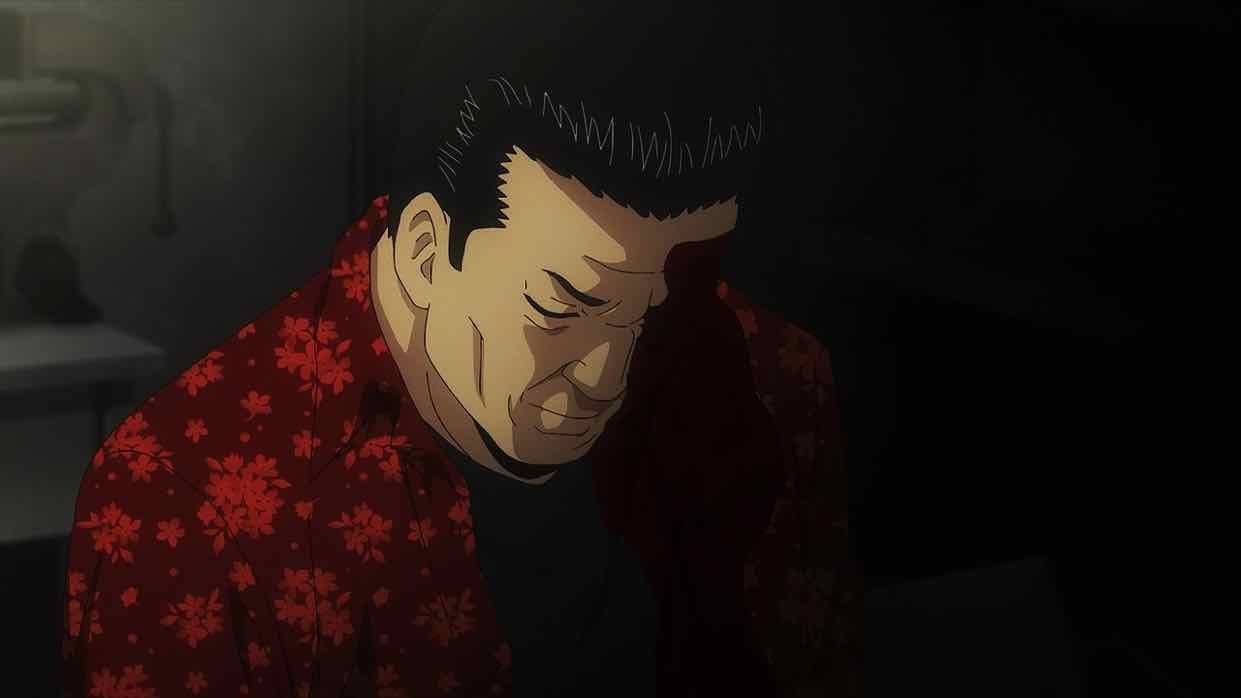
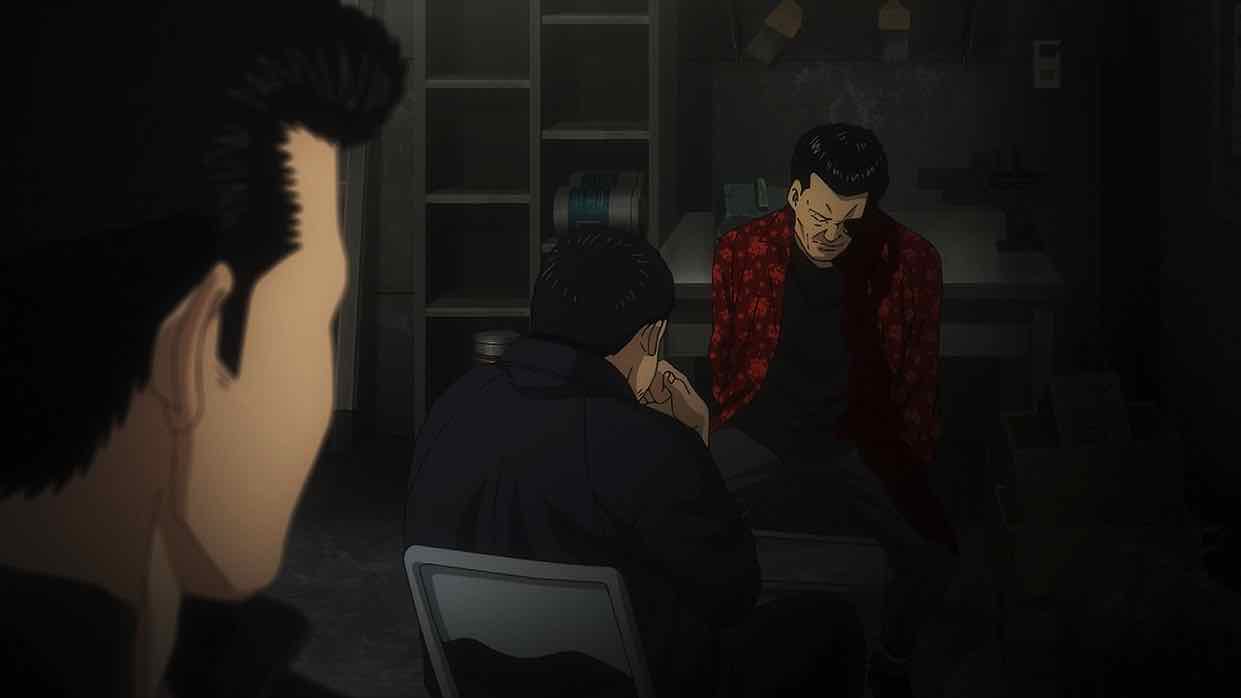

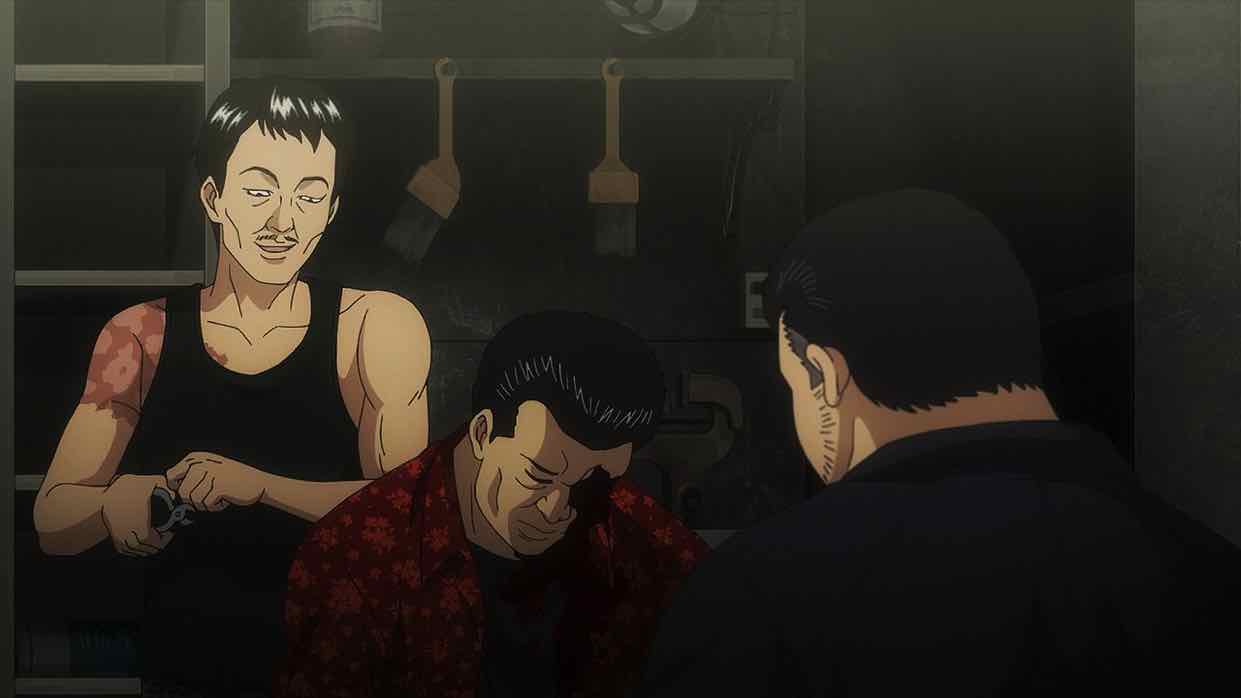
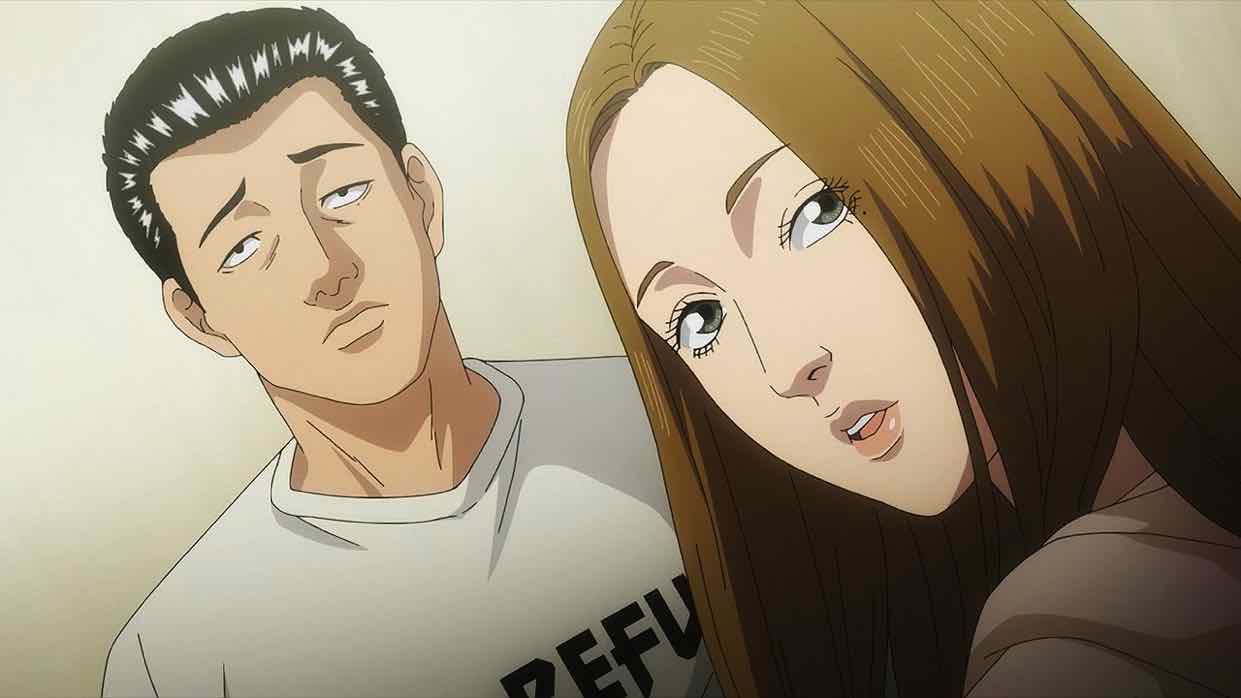
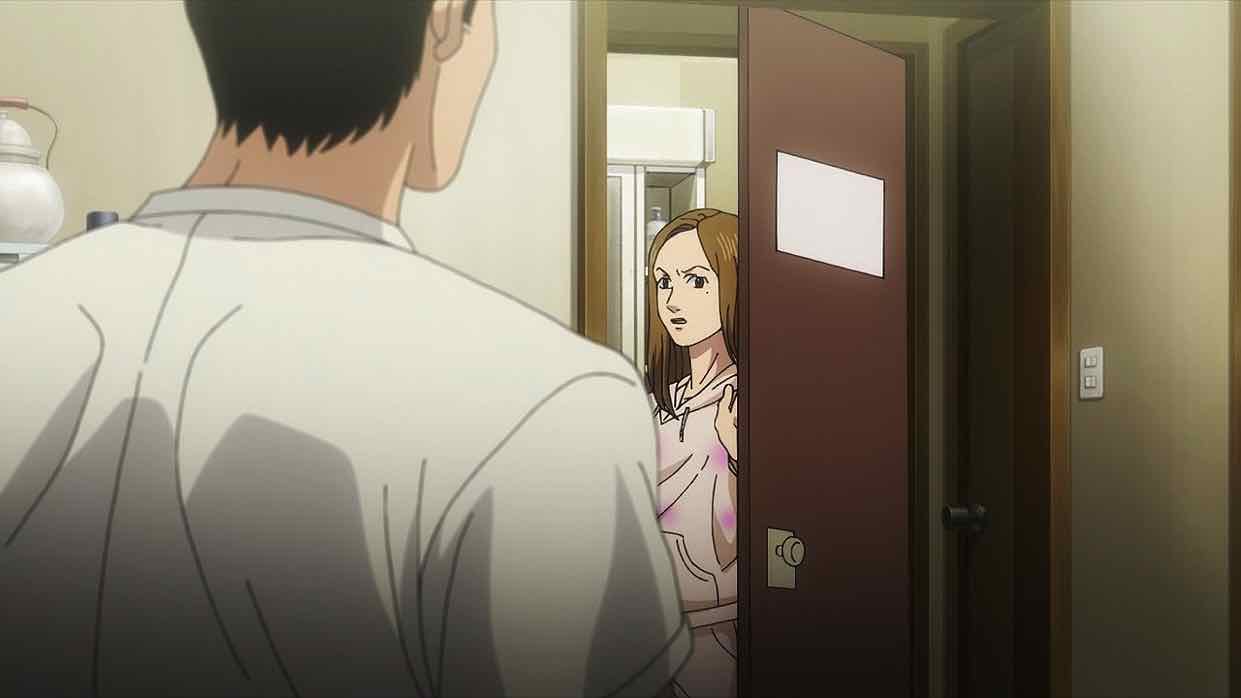
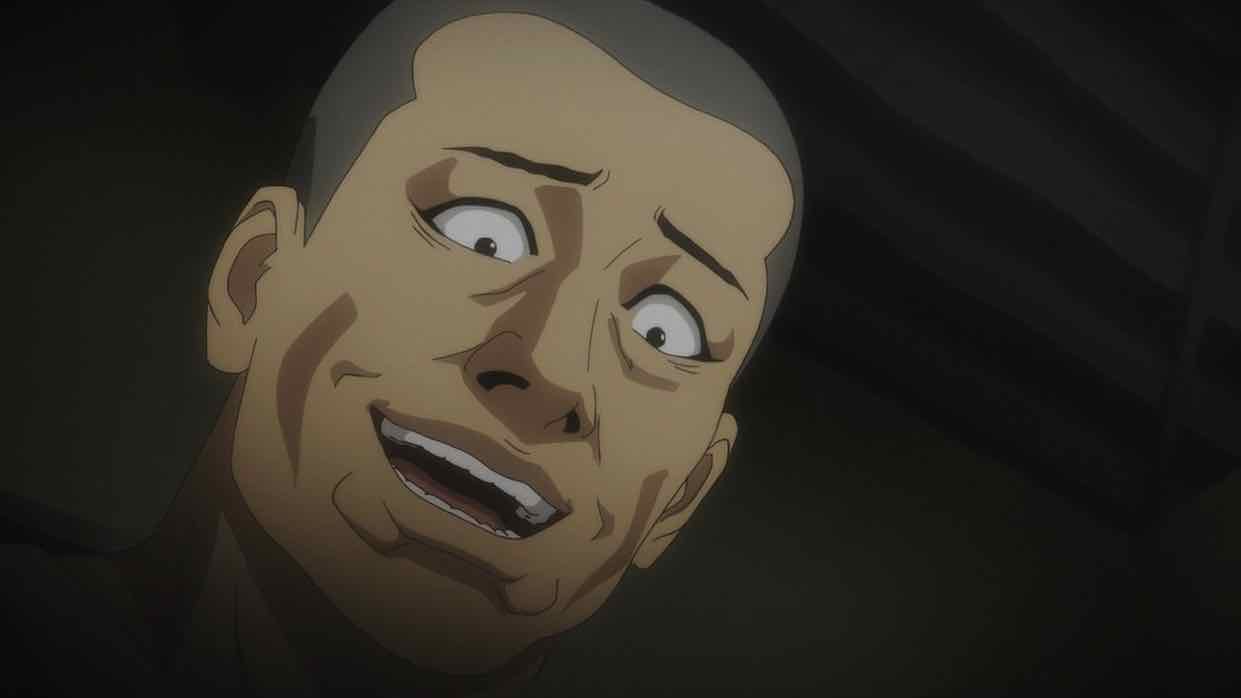
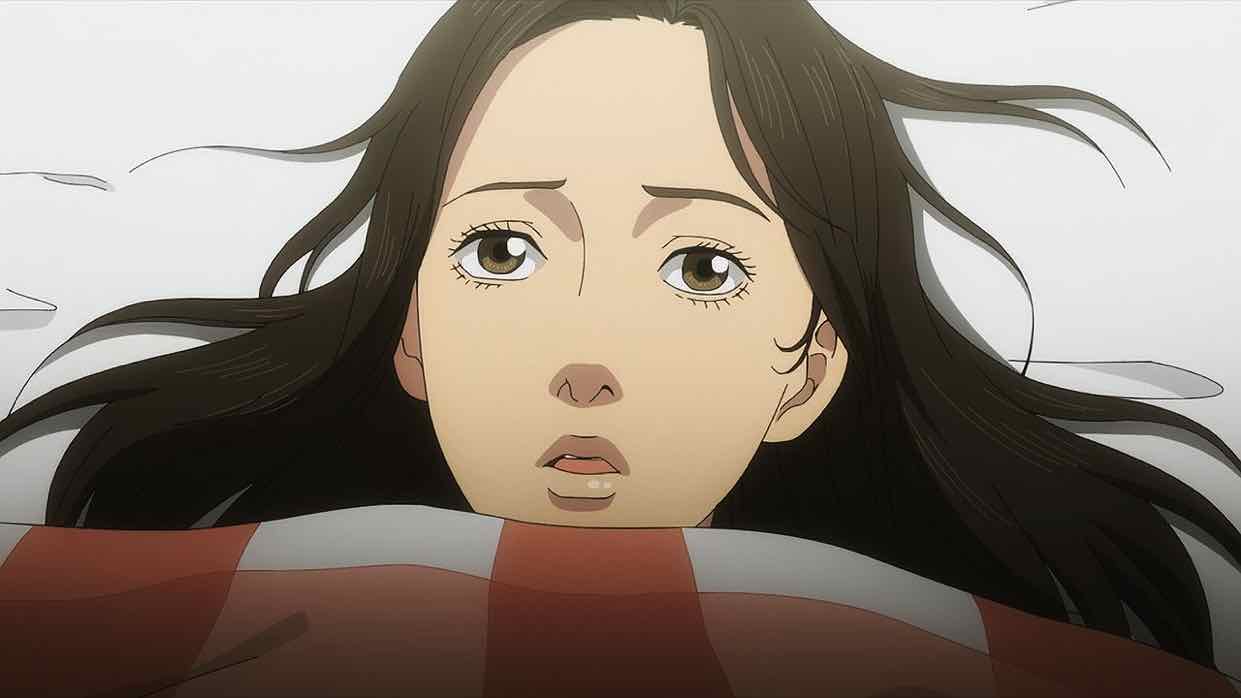
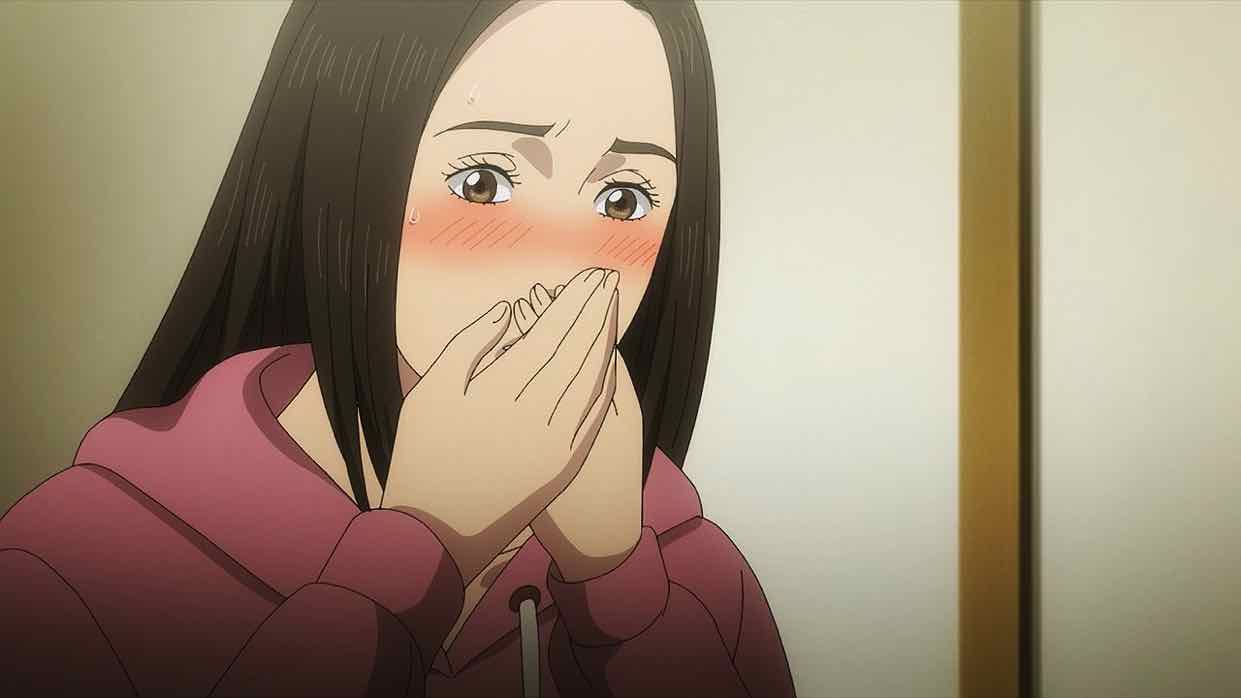
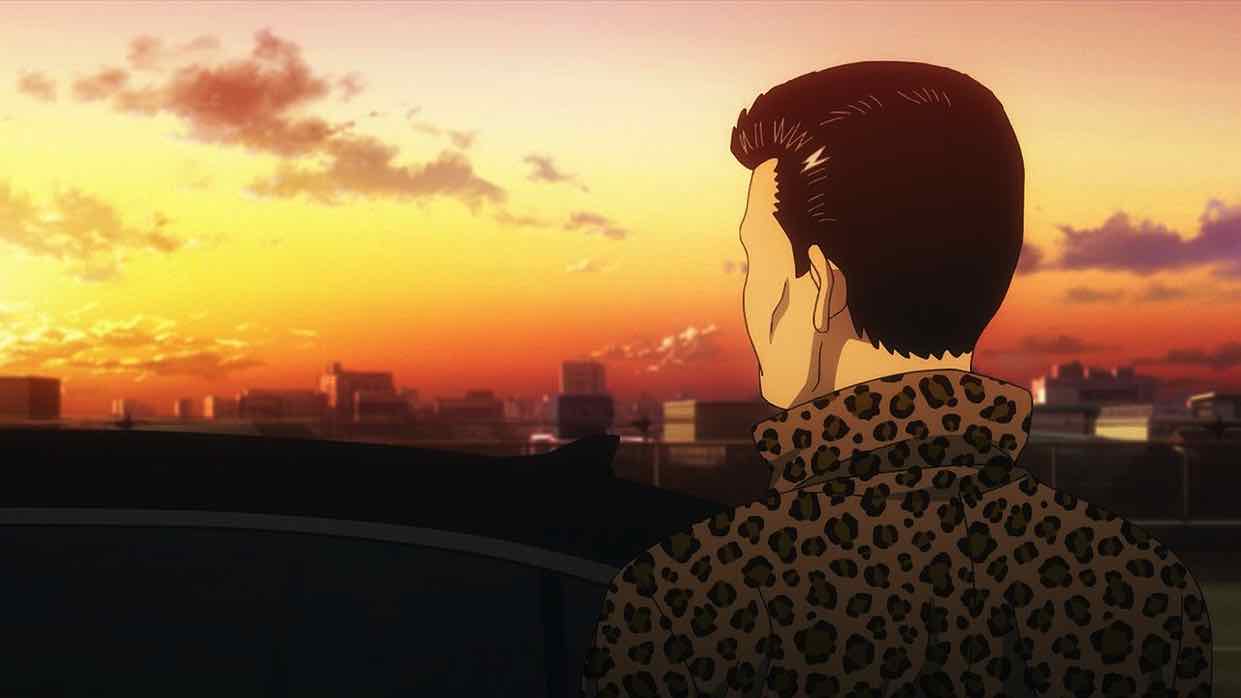
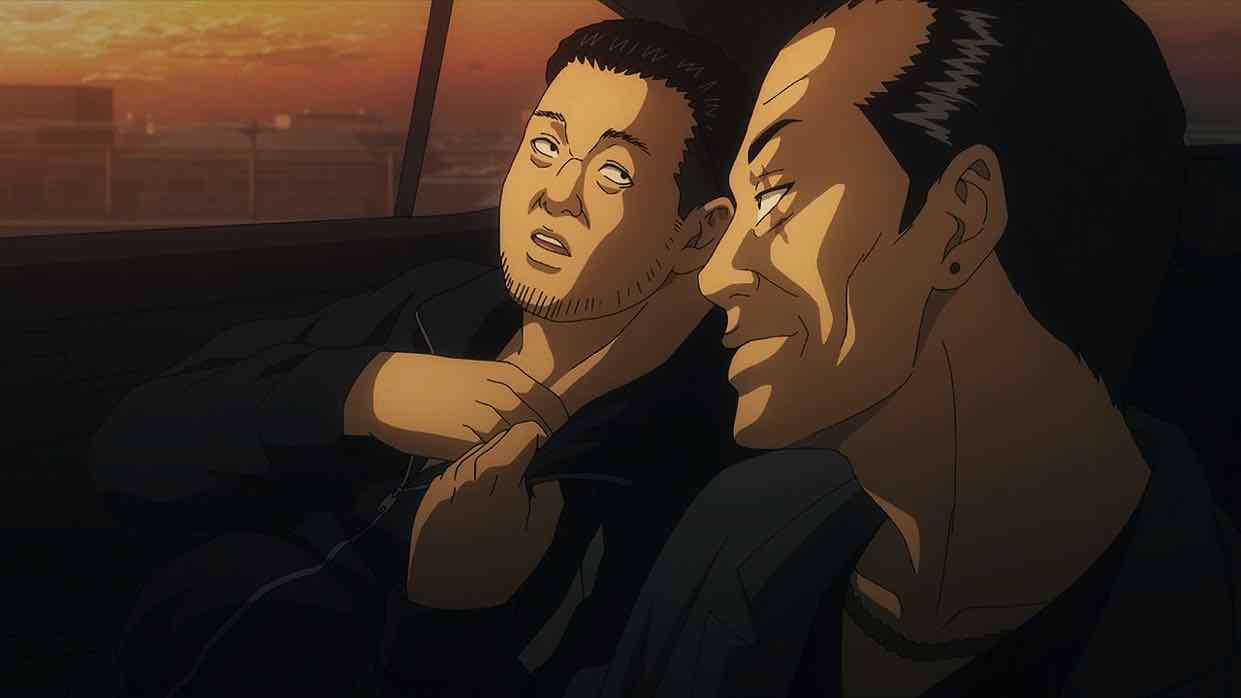
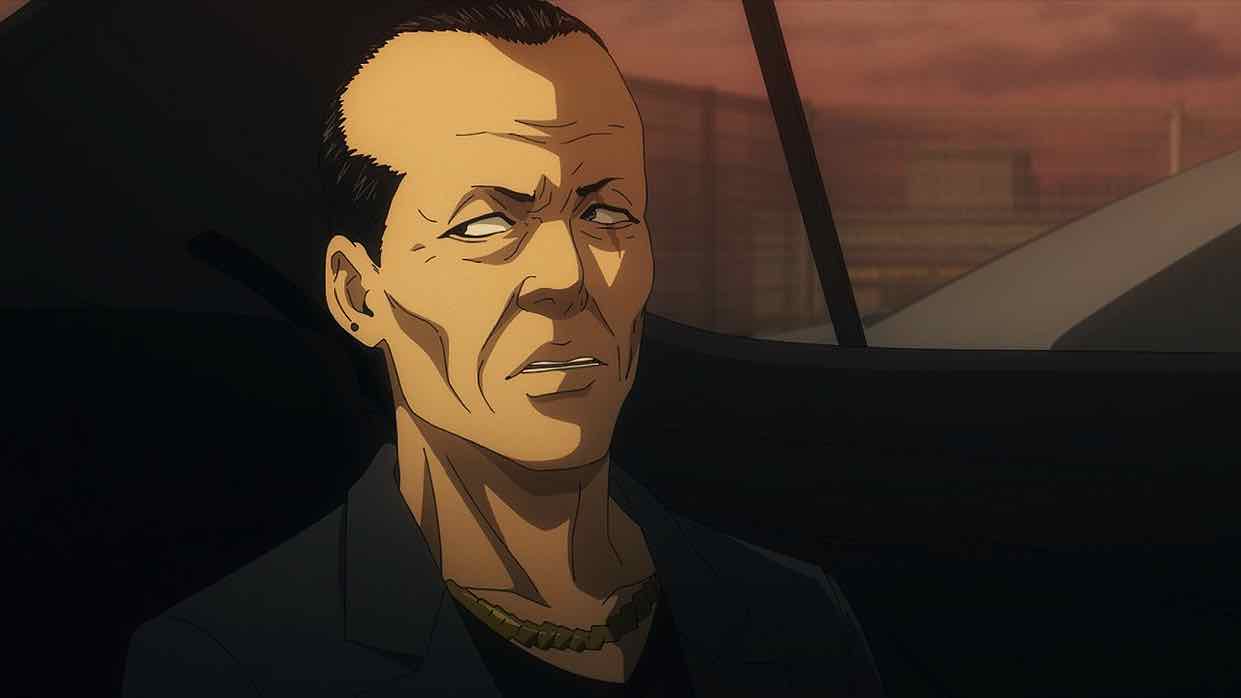
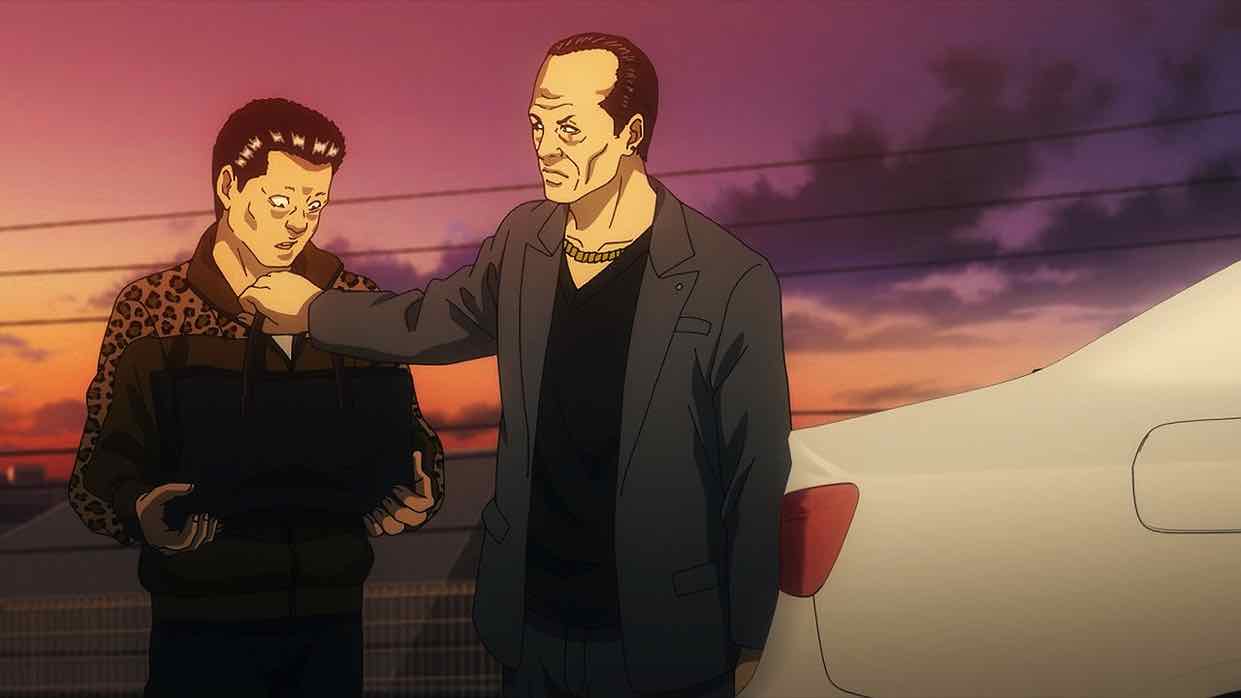
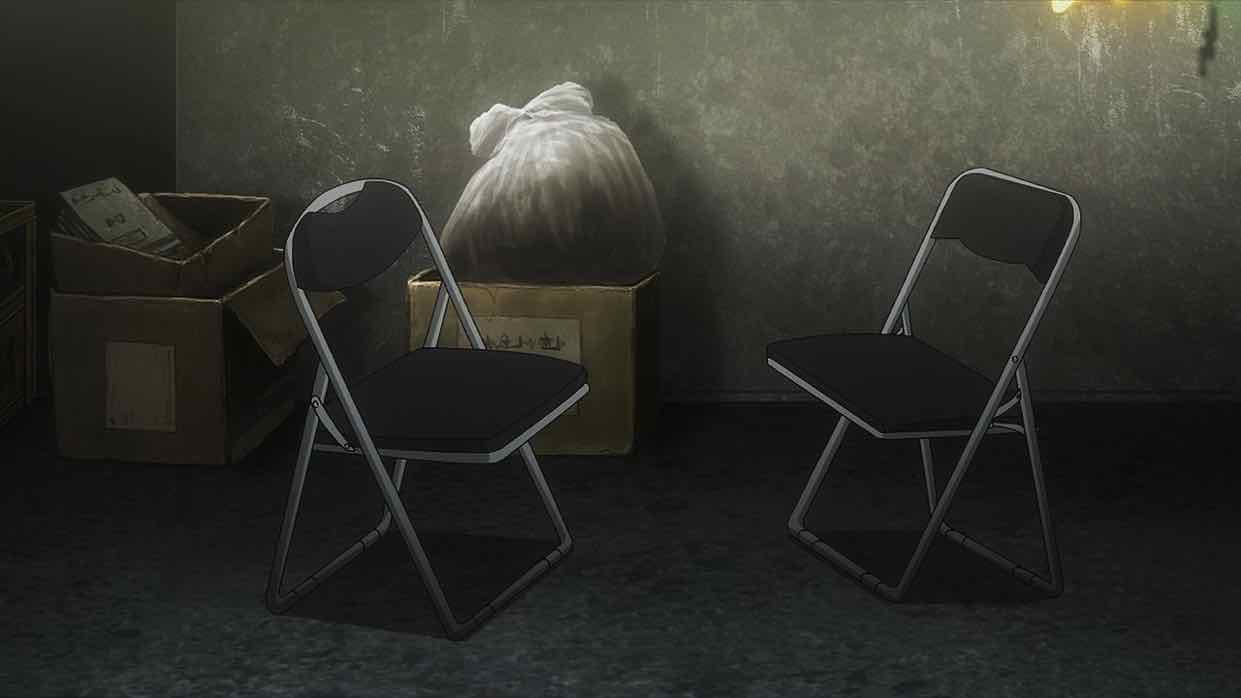
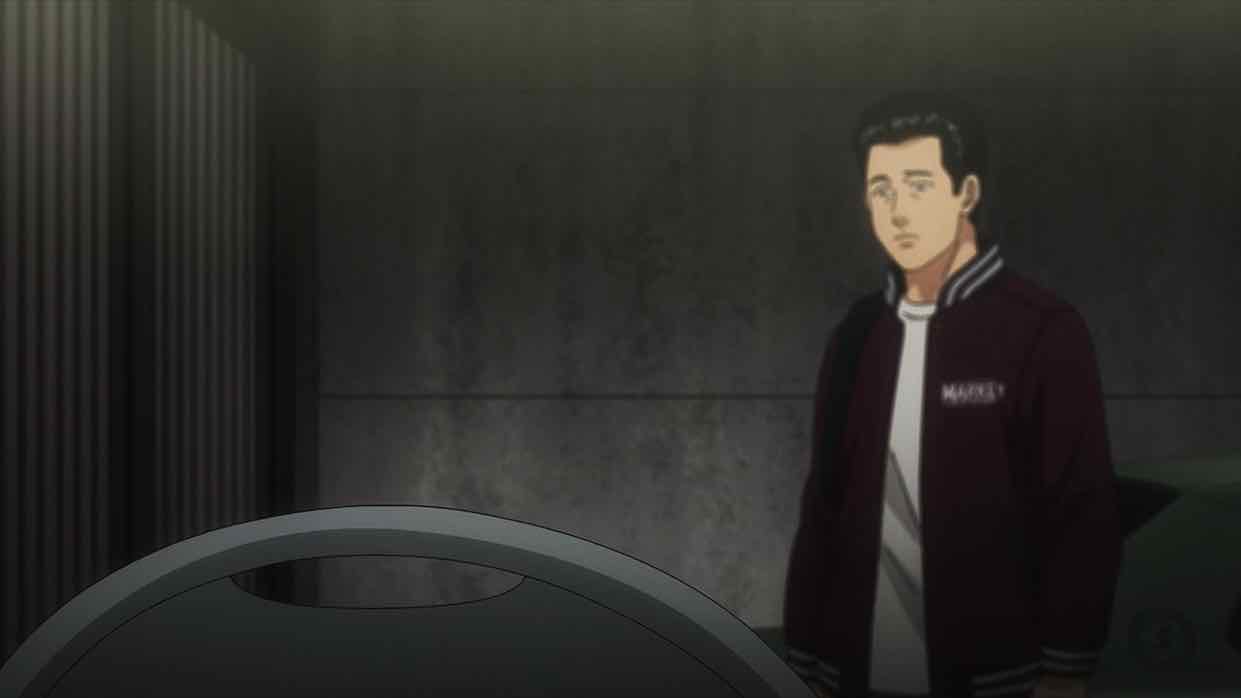
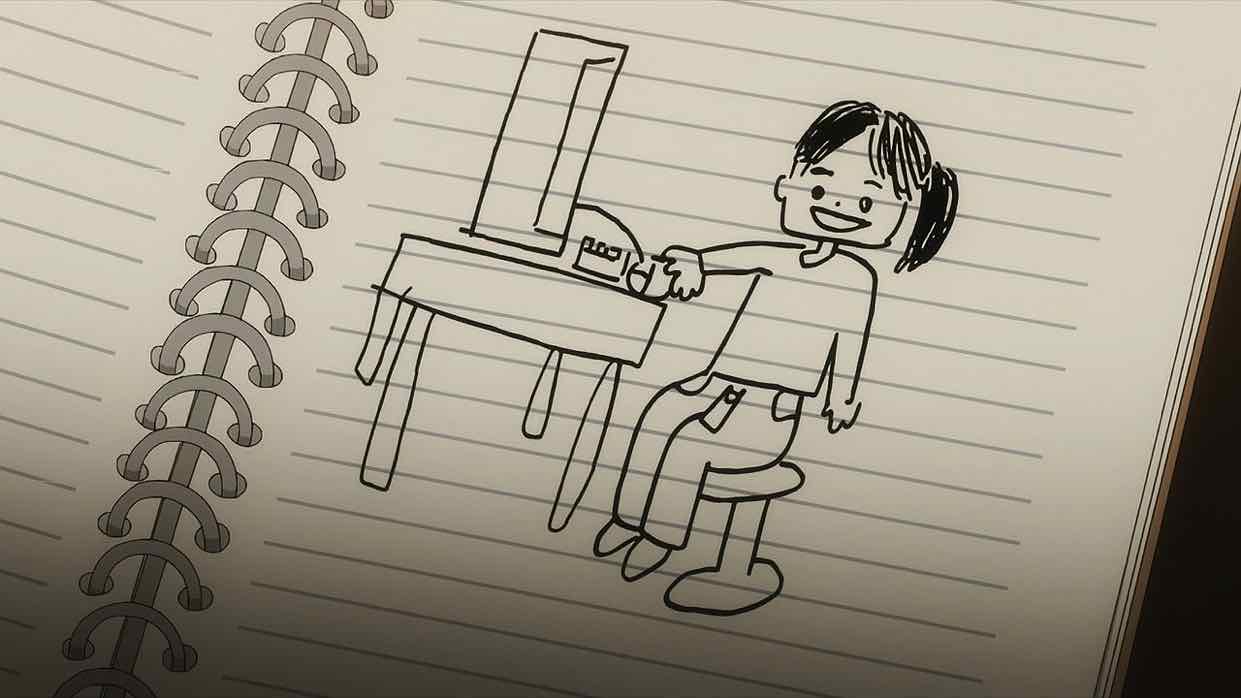
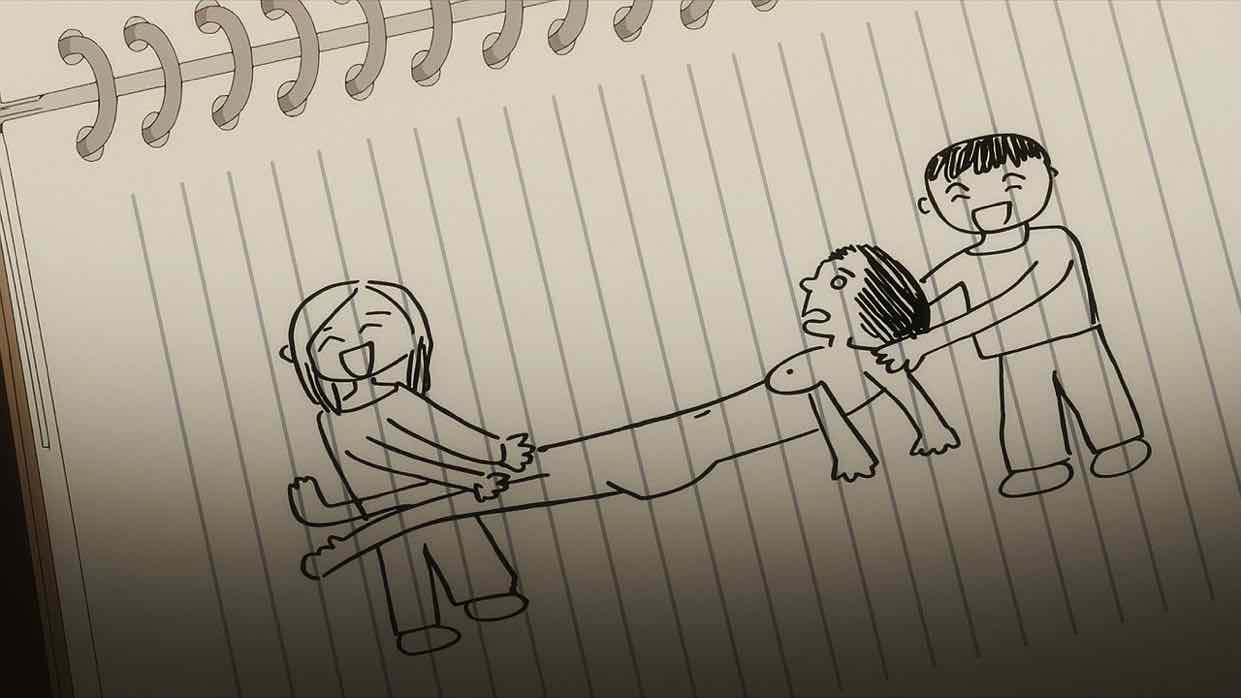
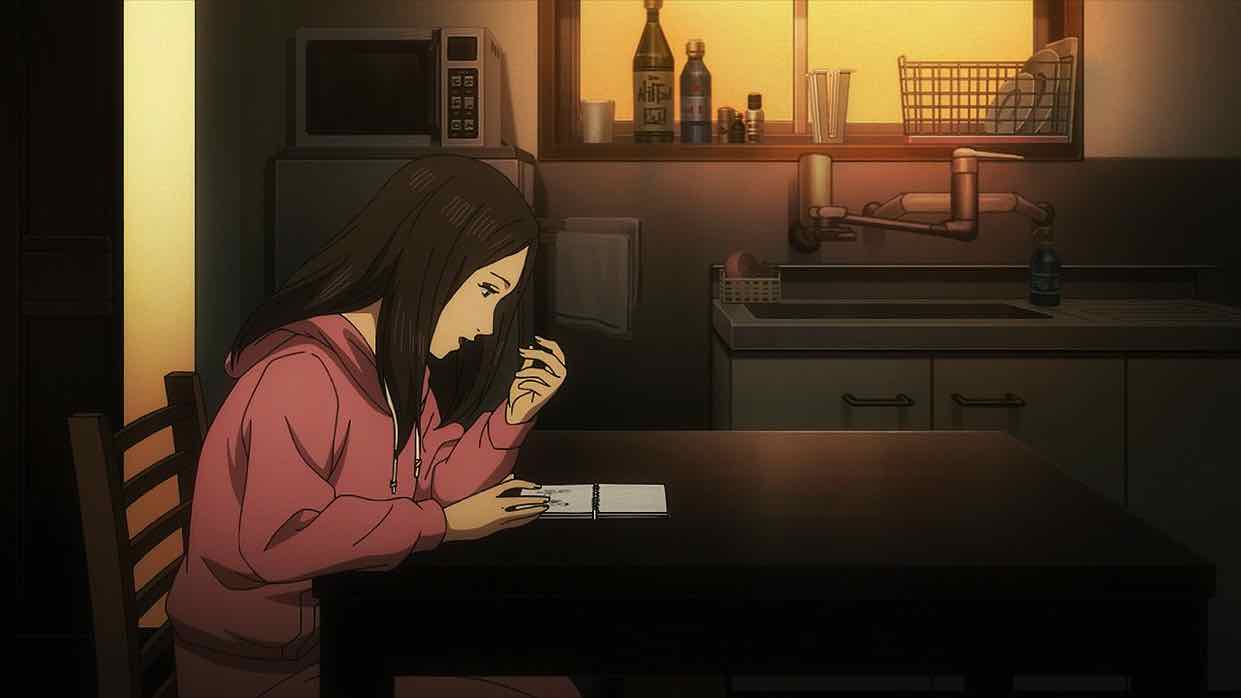
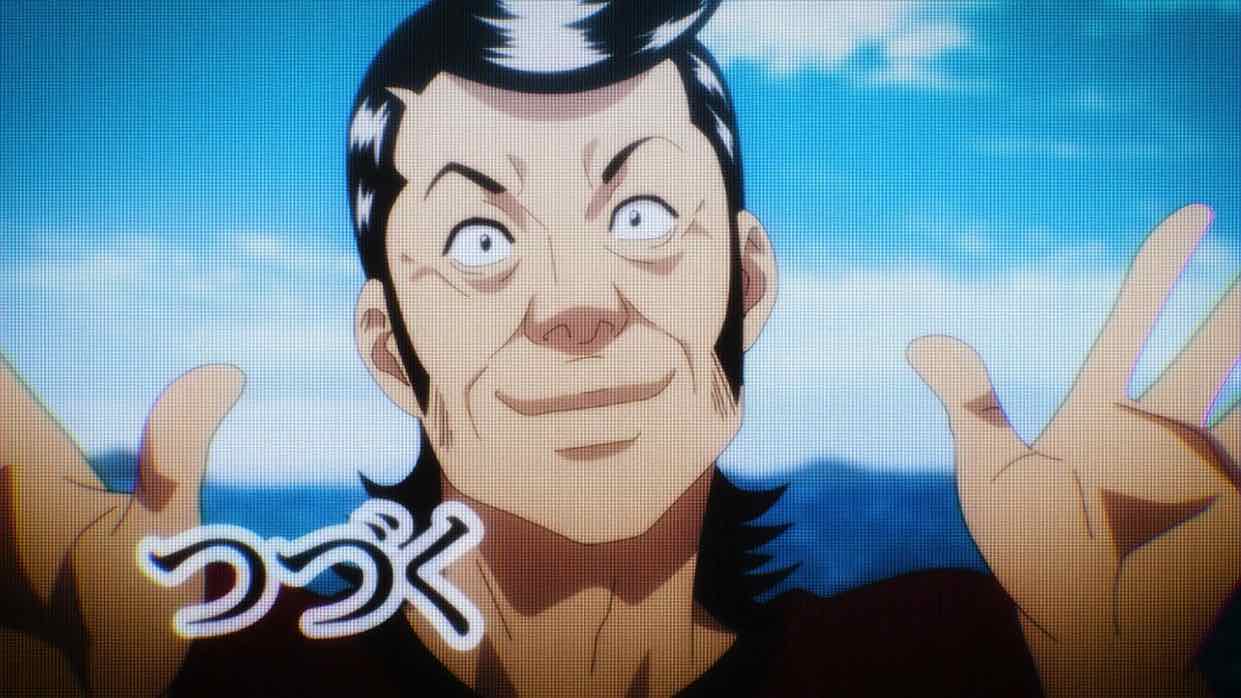
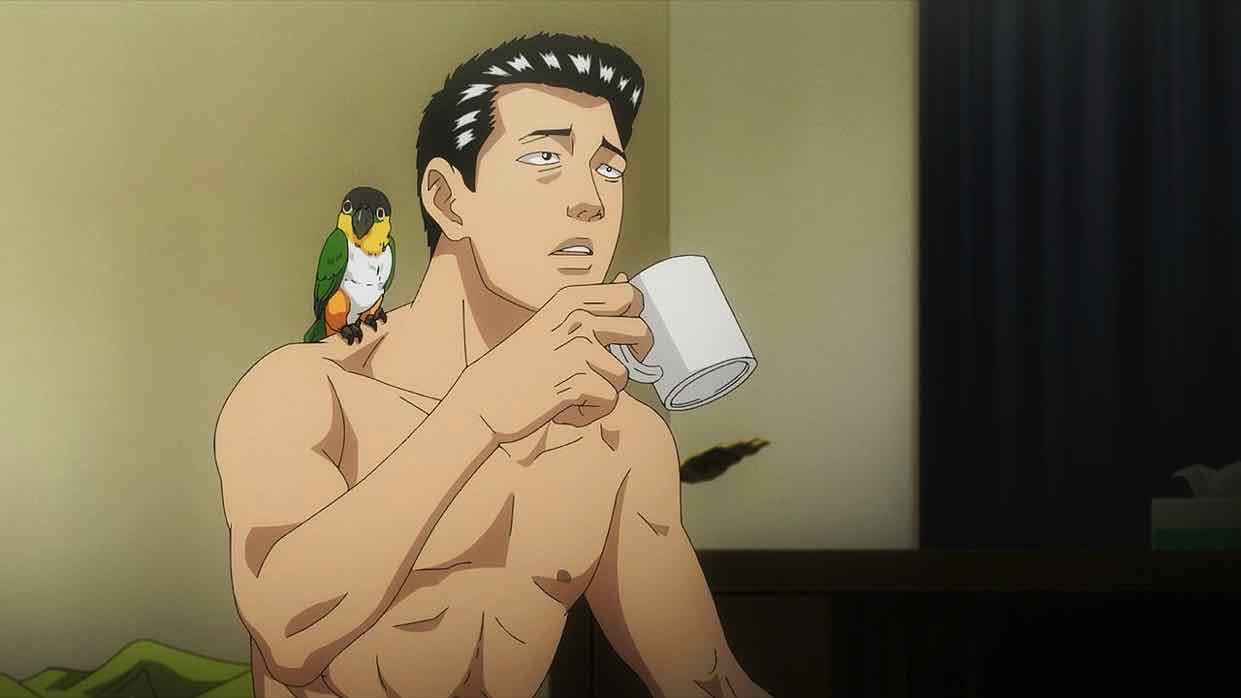
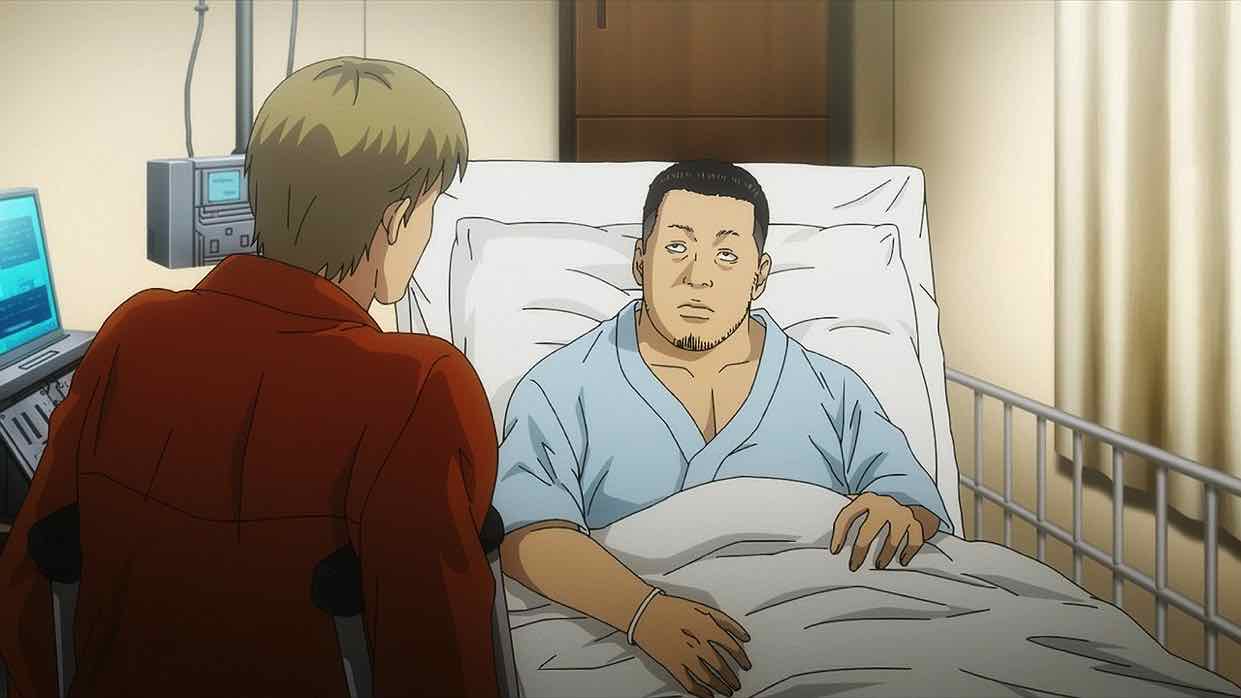
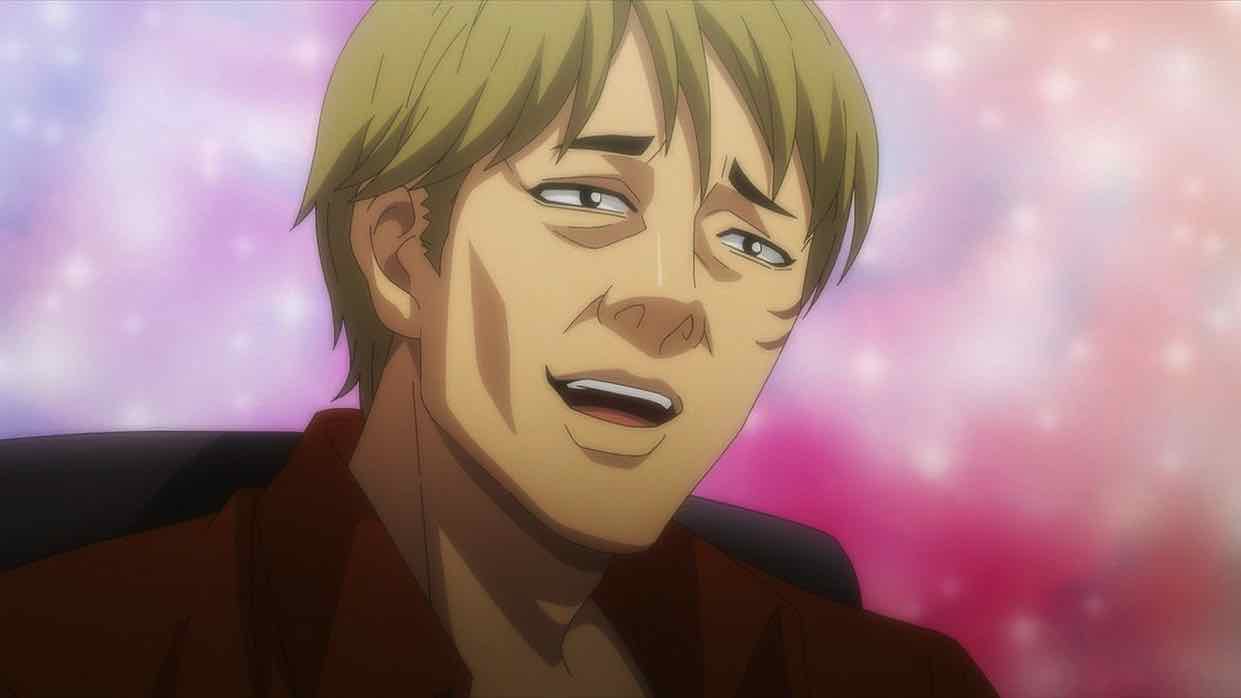
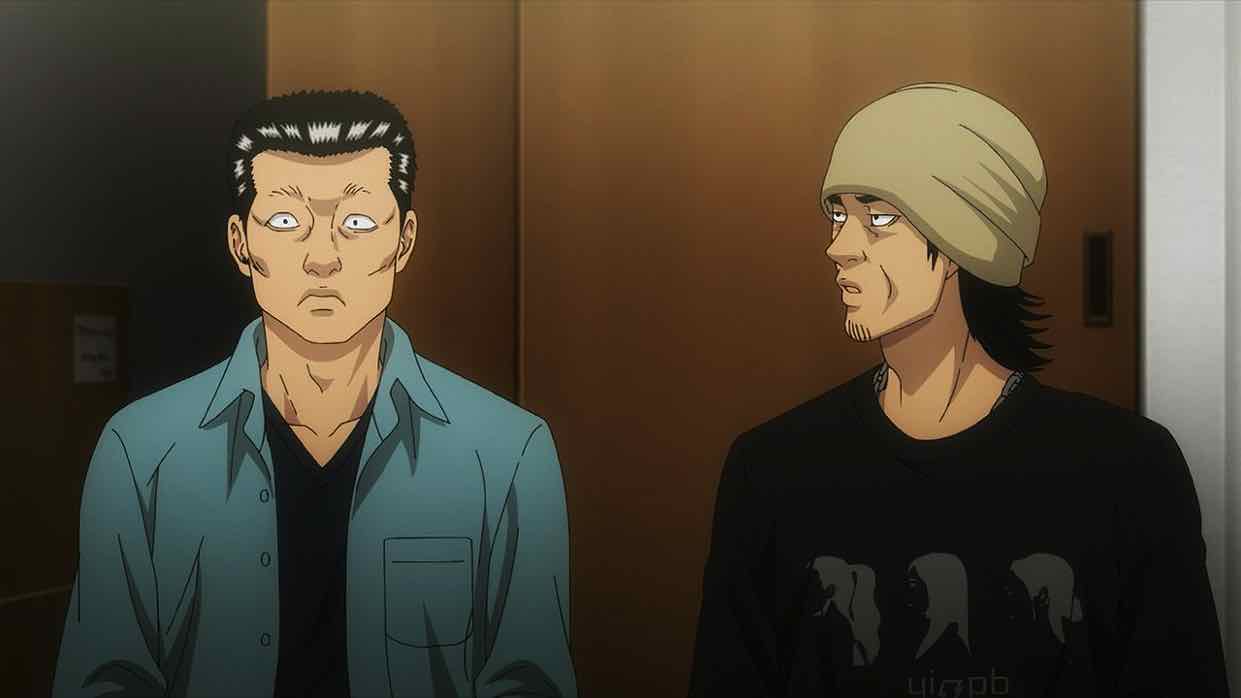
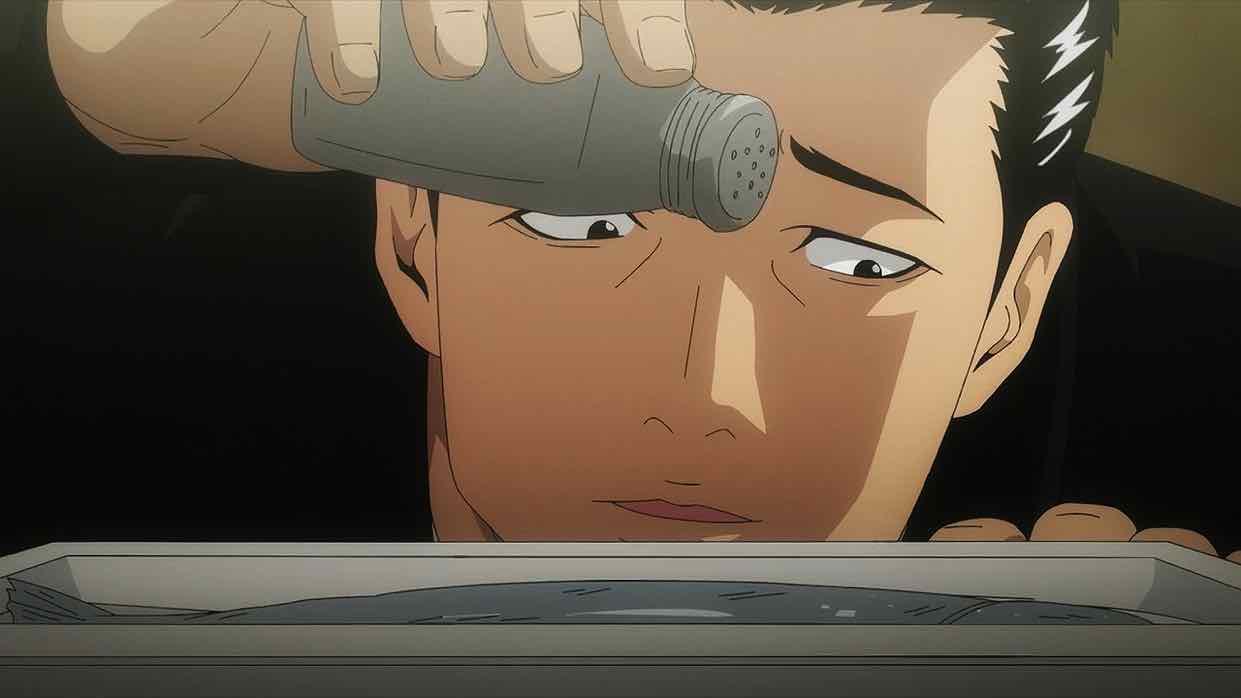
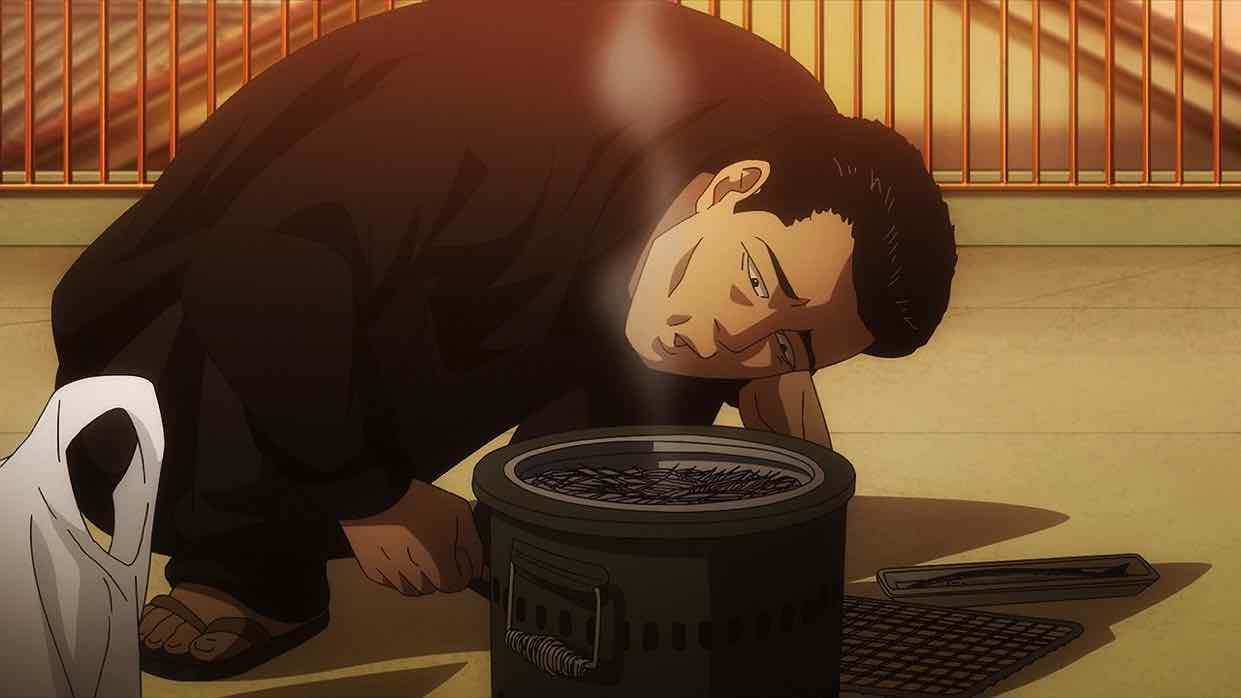


Krize
June 30, 2024 at 12:23 pmThose final moments between Ebihara and Kojima would not have felt out of place in The Sopranos to me honestly, and I don’t consider there be a greater “crime show” than that one. Definitely the highlight of the episode for me.
Smudgeous
June 30, 2024 at 12:37 pmThe animation quality was quite hard to stomach at first, but I’ve similarly found the story to be compelling enough to look past it. It’s become one of my favorite parts of each Saturday afternoon.
That absolute SLAPPER of an ending theme doesn’t hurt in that regard, either.
Guardian Enzo
June 30, 2024 at 12:41 pmYeah, I do enjoy that ED a lot.
Nadavu
July 2, 2024 at 3:41 pmThere’s a moment where Fable walks through the garage after the cleanup and glances at the chair where Kojima had laid and it seems like he experiences some emotion. That’s a new sensation to him, and it’s interesting that it’s brought about by Kojima of all people, who if anyone deserves it, definitely deserved it. There’s an interesting philosophical issue here – can Fable be okay with essentially taking Kojima to be murdered because he would have been murdered slightly earlier had he not? I hope this issue will be explored further in the next cour.
Was Kojima actually Shrimp Man’s little brother? With all the aniki thrown around I assumed it was just the Yakuza senpai-kohai thing, but Ebihara does call Kojima otouto, which as far as I know (and I don’t know that much) isn’t yakuza-jargon
Nadavu
July 2, 2024 at 3:53 pmSo I went ahead and looked at the credits, and as should have been rather obvious, Kojima is Kojima’s last name, so if he and Ebihara are actual brothers, it’s more of Mix situation
Guardian Enzo
July 2, 2024 at 4:31 pmIt was always my impression that they were literally brothers – I mean, I assumed they were.
I did note Akira looking over as he left the room, and it was a fascinating moment indeed. I’m not so sure if it’s something so simple as him feeling emotion, certainly over Kojima. I got the sense that he was trying to understand Ebihara’s feelings in that moment.
Booboo
July 3, 2024 at 10:27 pmI really like fable, this was one of my favourite of the season. I almost dropped it in the beginning but glad i stuck with it. the lowFi style which was a distraction in the start begins to remind me of those b-grade cult films that tarantino references to. I am glad it’s continuing with the second cour. ~~